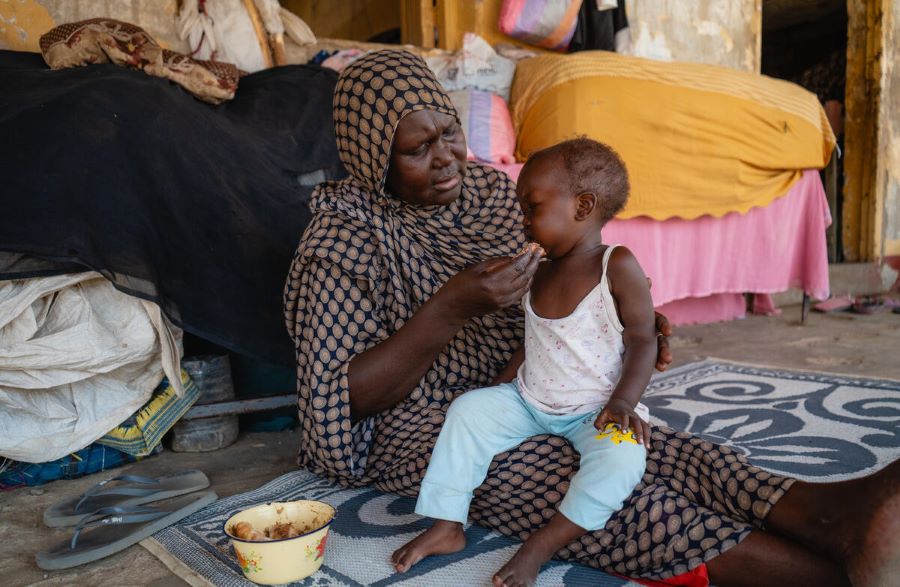Trump administration eases deportation for brown immigrants while offering refuge to white South Africans.
Recent developments in the United States regarding immigration policies and race relations have brought attention to systemic biases that are increasingly visible. In a striking instance, the Trump administration facilitated the resettlement of 59 white Afrikaners from South Africa, recognizing them as refugees, while simultaneously deliberating the deportation of nearly 10,000 Afghan refugees. This duality in treatment starkly highlights a troubling disparity grounded in race.
The Afrikaners, descendants of European colonists in South Africa, fled a country where the impacts of their ancestors’ segregationist practices are still felt today. In contrast, many of the Afghan refugees, some of whom assisted American forces during a prolonged military involvement, face a precarious future as legal protections for them diminish. Reports indicate that returning to Afghanistan may lead to dire consequences for these individuals.
This juxtaposition during a pivotal moment—the warm welcome of Afrikaner refugees at an airport by U.S. State Department officials parallel to the removal of protections for Afghan asylum seekers—has raised alarms among civil rights advocates. The evident bias and preferential treatment toward the white refugee population, especially amid ongoing deportation efforts toward Black and brown migrants, underscore a broader discourse on race and equity within U.S. immigration policy. Incidents such as these amplify existing tensions and point to the ingrained racism that permeates discussions surrounding these vulnerable groups.
In a recent protest in Newark, New Jersey, community leaders, including Mayor Ras Baraka, attempted to inspect an ICE detention facility. Baraka, along with several members of Congress, was subsequently arrested during the demonstration, which centered on advocating for humane treatment of detainees. The incident, which drew public scrutiny, reflects the growing frustration with current immigration policies.
The U.S. Department of Homeland Security suggested that the elected officials assaulted an officer—a charge that the officials vehemently denied—leading to escalating tensions between the federal agency and local representatives. As public protests escalate and calls for accountability grow, it becomes increasingly crucial to question the ethical implications of current immigration practices and race relations in America.
As the nation grapples with these pressing issues, the symbolism represented by the Statue of Liberty becomes increasingly poignant. Originally established as a beacon of hope for immigrants arriving in the United States, it raises questions regarding its meaning for various racial and ethnic groups, particularly African Americans, whose ancestors faced immense struggles and injustices.
The divergence in treatment between white South African refugees and Black and brown migrants seeking refuge in the U.S. highlights the unequal application of values that were once thought to define the American dream. This stark inconsistency demands a reevaluation of policies to ensure that the principles of diversity, equity, and inclusion are upheld for all, regardless of their background.
As public sentiment continues to shift, the necessity for meaningful dialogue and policy reform becomes more apparent, not just to address these immediate concerns, but to foster a more inclusive and equitable future for all individuals seeking refuge in a nation that proudly professes itself to be the land of opportunity.
Media News Source.







